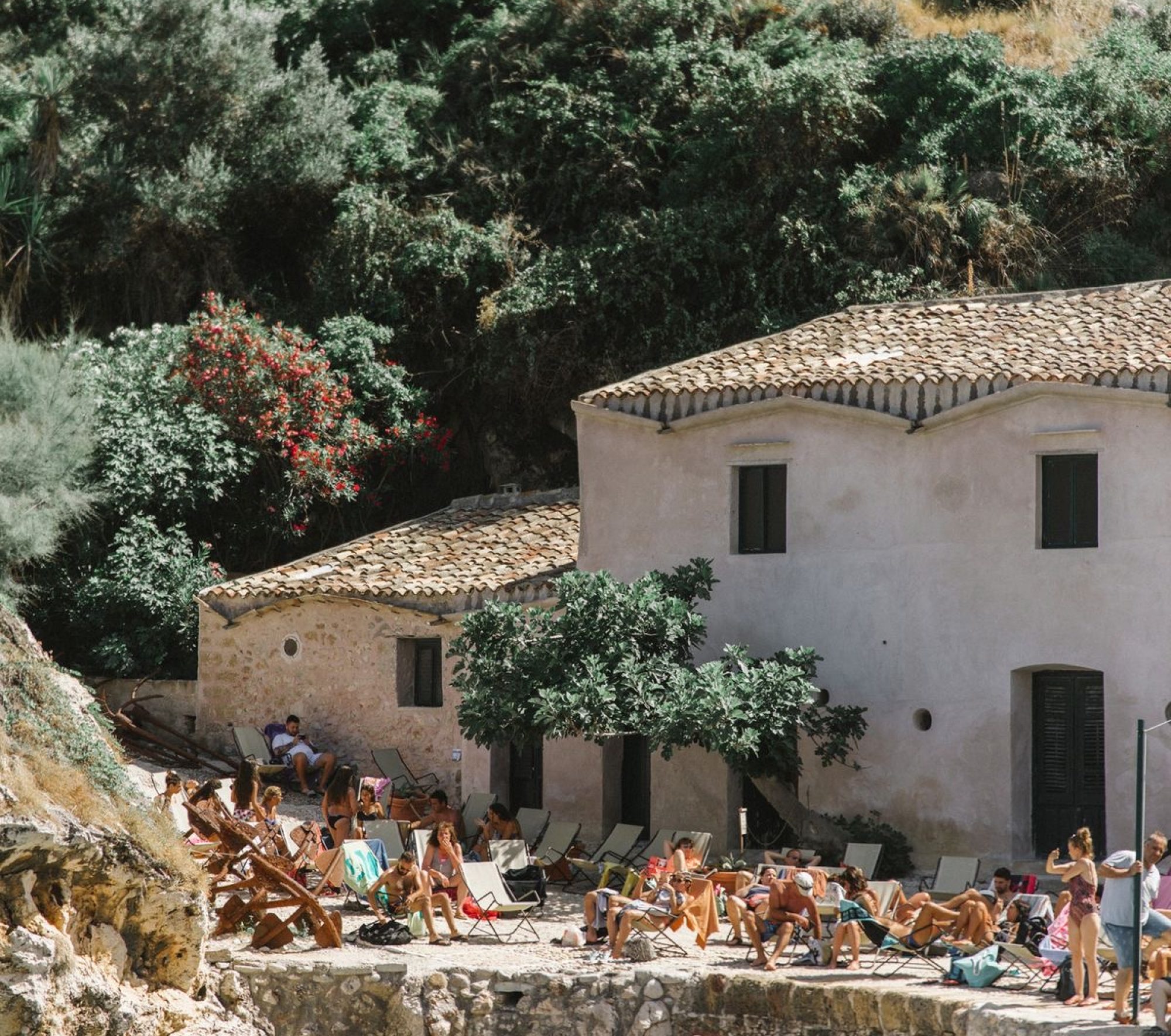In all honesty and transparency, this was a really challenging book for me to get through. I found it extremely confusing and almost always felt myself questioning what I was reading. Aragon’s words felt (for lack of better words) jumbled together as if we were listening to the constant thoughts and images running in his brain. This would be formally described as a “stream of consciousness”. To me, the book had an illogical timeline and therefore made it hard to follow what was happening in the book. In order to relieve some of my stress with reading this book, I tried to highlight some of the themes or recurring ideas depicted throughout the novel. Some that I found were the Passage de L’Opera, light, and time. After watching the lecture by Professor Beasley-Murray, I was able to understand more clearly the timeline and storyline (or lack thereof). A lot of my anxiety around understanding this book was relieved when the professor discussed that the “book’s temporality … [did] not depend on plot or narrative”.
While discussing this course and Paris Peasant with my mother and the challenge I was having with understanding it, she reminded me of an exhibit that I visited in Southern Italy. This exhibit showcased Salvador Dali’s art, focused on themes of time, religion, and transformations. The art was placed in caves, creating an immersive experience with which viewers were placed directly into the creative (and surreal) mind of Dali. The idea of surrealism and its subsequent art was clearly depicted in this exhibit, forcing visitors to not so much question Dali’s art, but to really appreciate the excessiveness and disorientation with which he highlights. The “Melting Time” statue shown in the photo I took (attached below) is a clear example of the surrealist depiction of time and is a visual that helped to sort out my thoughts on the temporality of Paris Peasant. This exhibit related to the ideas in the book, such as “profane illumination” and surrealism. Making this connection helped me to further understand and appreciate the book for all of its confusion and lack of a traditional storyline or organization.
I guess I can finish this blog by highlighting that although this book was difficult, challenging, and confusing, it enabled readers to really go past their preconceived notions of traditional journeys and timelines through which books should travel. Like Dali’s art, Aragon played with surrealism and poetic imagery to depict and describe the everyday reality in Paris.
To conclude, I would pose the question: is an understanding of this period in literature and art critical to the enjoyment of this novel?



Hi Eliza!
I found your connection to Dali’s own Surrealist depictions of time to be spot on, and how cool that you were able to visit an exhibit on some of his works in person. You raise many interesting points here that could be referenced with “tags” for your blog post (“time” for example, or “travel” or “the everyday” or “Dali” even). This way, we can see if others are touching on the same ideas!
“is an understanding of this period in literature and art critical to the enjoyment of this novel?”
Personally, I’d say to some extent “yes.” As I said in my lectures on Proust as well as on Aragon, this period was one in which many writers and artists were questioning and trying to get us think differently about what it means to represent the world.
On the other hand (and I hope we will talk about this tomorrow), I think that there are ways in which the kind of attention or distraction that Aragon is both describing and enacting are sort of second-nature even to us now, though we perhaps don’t realize it. In some ways all Aragon is saying is: take a good look around you! And that’s always a good lesson…
Hi Eliza, nice commentary! I too find the book very confusing and hard to understand, however Dr.Beasley-Murray’s lecture helped me to have a good general understanding about the book. I like your comparison of the book to Salvador Dali’s artwork, the surreal nature of the book and the sculptures seems to complement each other from the same historic period, both hard to understand from a 21st century perspective.
Hello Eliza! I felt the same exact way. Reading Paris Peasant, I was often lost in what Aragon was trying to say. It felt as if I was reading someone’s journal rather than a book. Despite it being disorganized, I also enjoyed how descriptive he was in his writing.